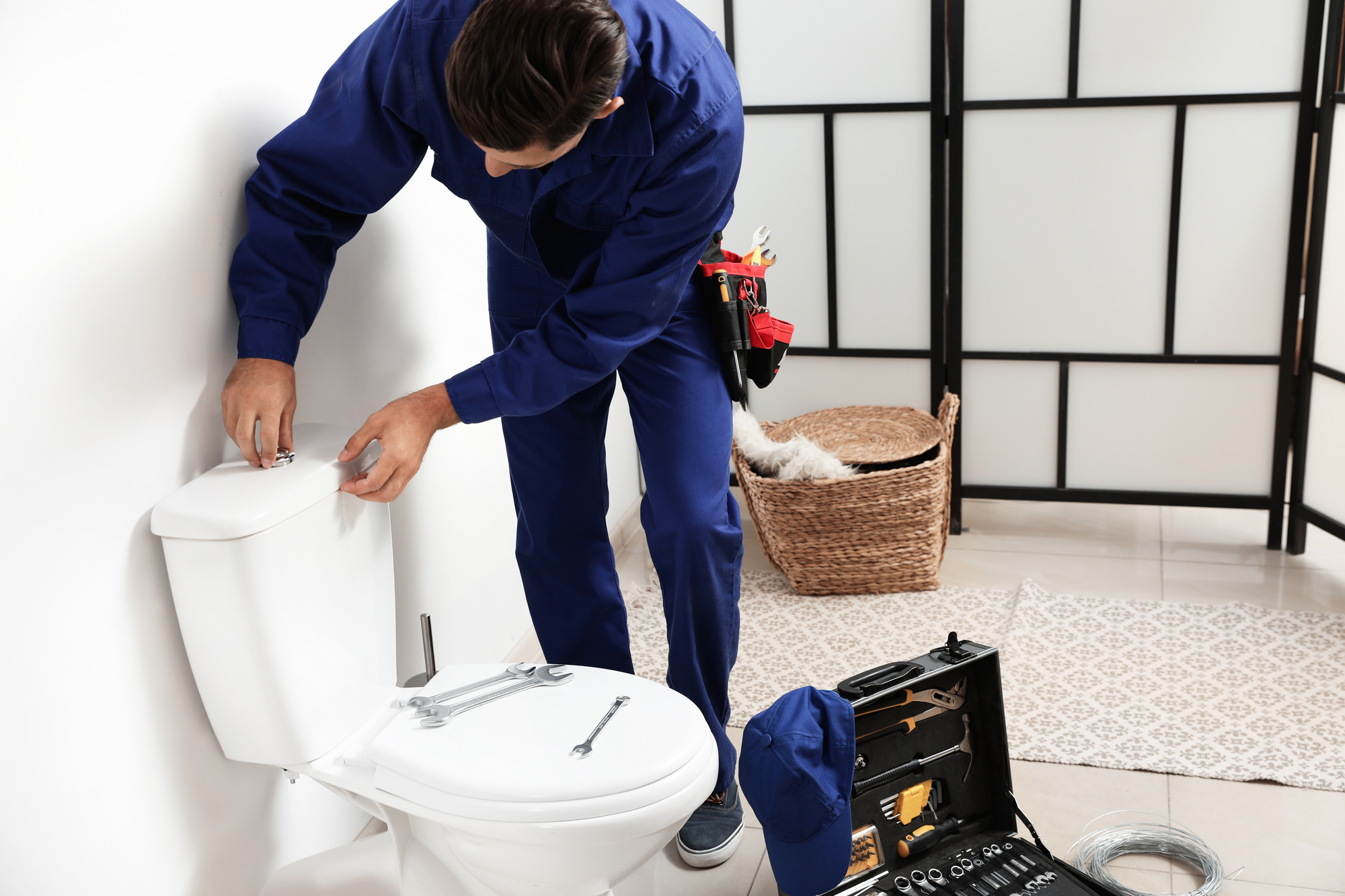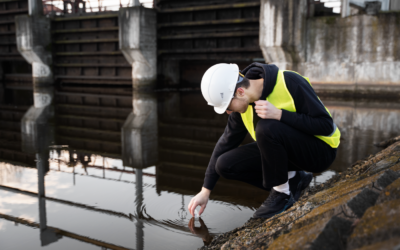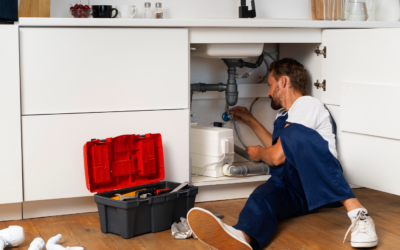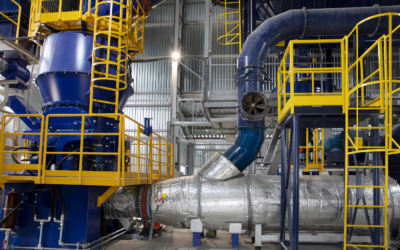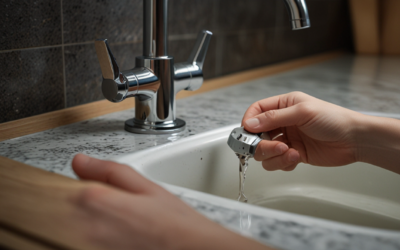Whether it’s a constant running issue or frequent clogs, knowing when it’s time to replace your toilet is essential. Waiting too long could cause more damage than you’re willing to deal with. This article aims to provide unique insights and informative content about toilet replacement, a common plumbing service, to help you make an informed decision when the need arises.
A new toilet can improve your home’s plumbing efficiency and even increase its value. Let’s delve into the ins and outs of toilet replacement, how to identify signs that it’s time, and what to expect when you call a professional plumber.
When it’s Time for a Replacement
Firstly, let’s discuss the telltale signs that your toilet may need replacing:
1. Frequent clogs: If you’re frequently reaching for a plunger, it might be time to replace your toilet. Frequent clogs are not normal. It can be a sign of an outdated model that lacks efficient flushing power.
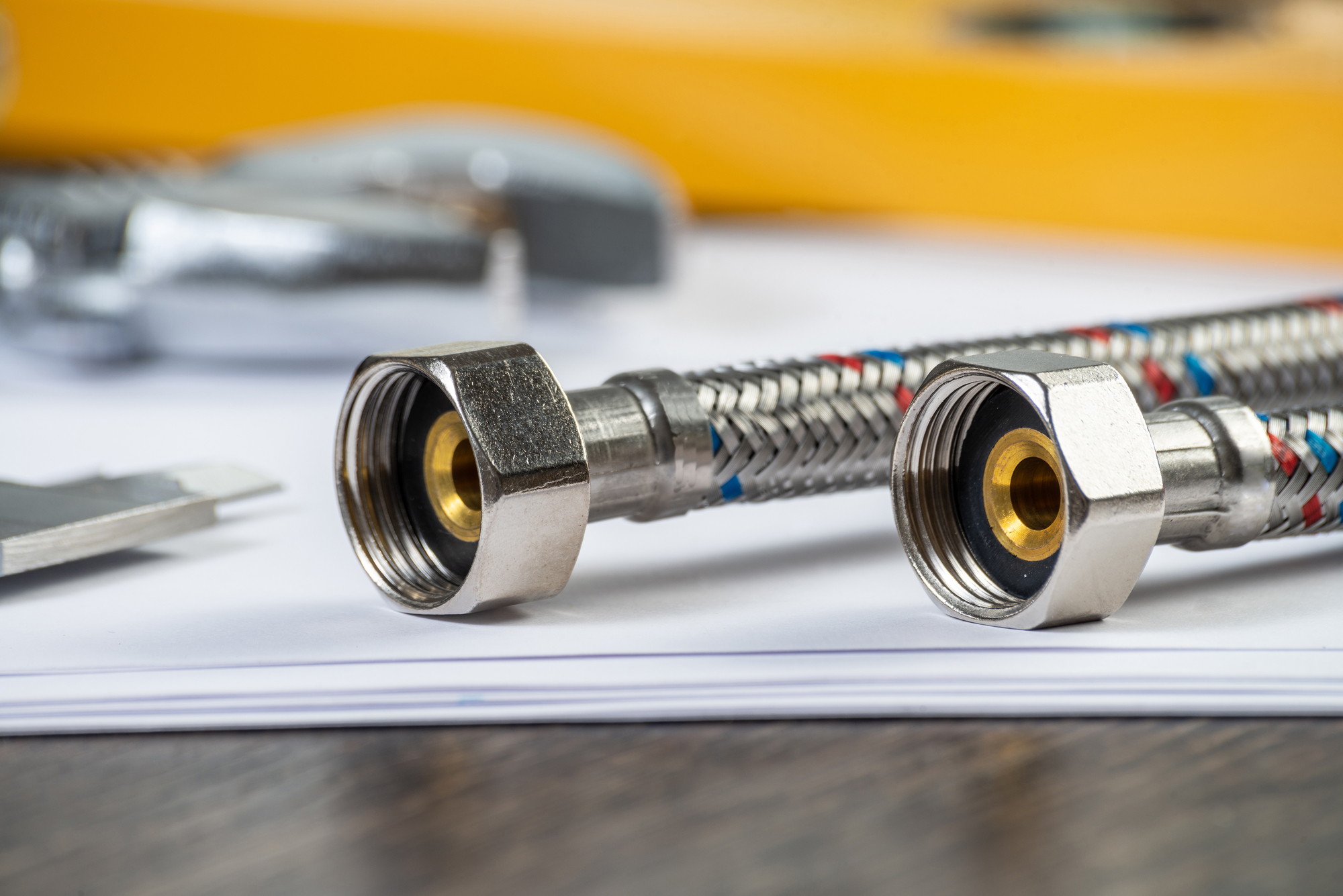
2. Inefficiency: Older models are often not as water-efficient as newer ones. If you’re interested in conserving water, reducing your bill, and promoting ecological health, upgrading to a high-efficiency toilet may be worthwhile.
3. Cracks in the toilet: Visible cracks can cause leaks, leading to a waste of water and potential water damage to your bathroom. Inspect your toilet regularly for cracks, especially if you notice a pool of water around the base.
Choosing Your New Toilet
New toilets come with different features – from basic budget models to high-end versions with luxury features. Therefore, choosing a new toilet isn’t as straightforward as it seems. Consider factors such as the toilet’s flush power, water efficiency, style, and price when making your choice.
Hiring a Professional Plumber
A professional plumber is critical when it comes to toilet replacement. They can provide expert advice on the type of toilet that suits your needs and properly install it to avoid any future complications.
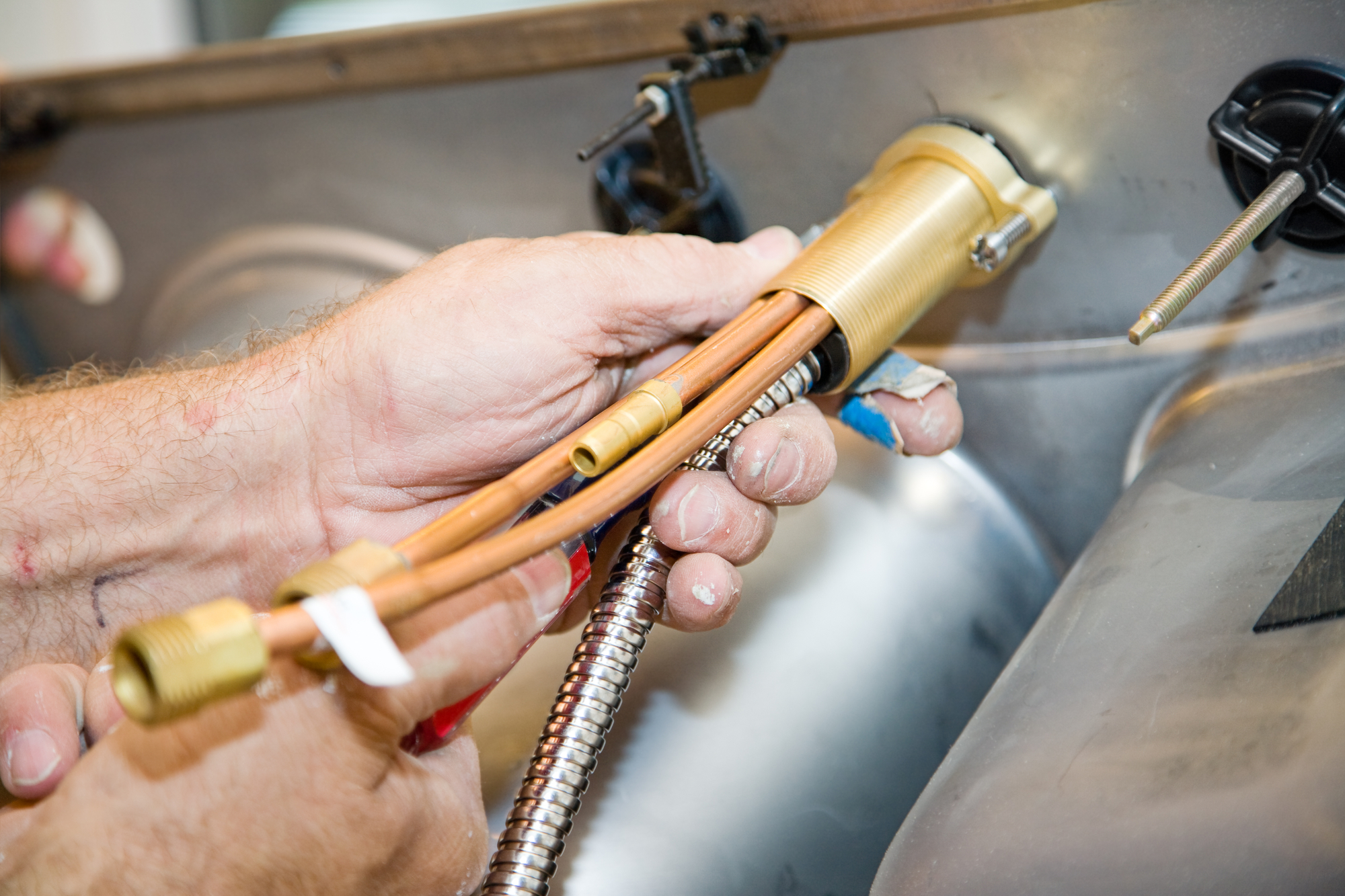
Don’t be reluctant to ask for credentials when reaching out to a plumber. A licensed and insured professional ensures you receive top-quality service with minimum risk. Also, check reviews to see their reputation in the industry – customer satisfaction should be a priority.
What to Expect During Installation
Your plumber will first inspect your current toilet setup and the new model to ensure compatibility. They’ll remove your old toilet, inspect and prepare the flange, then place and secure your new one. They’ll connect the water supply, test the toilet function, and ensure there are no leaks.
In conclusion, knowing when and how to replace a toilet can save you from potential water damage and reduce water bills with increased efficiency. Remember to consult with a professional plumber for advice and quality service. Stay informed with our blog for more useful insights in the plumbing industry. Thanks for reading!

